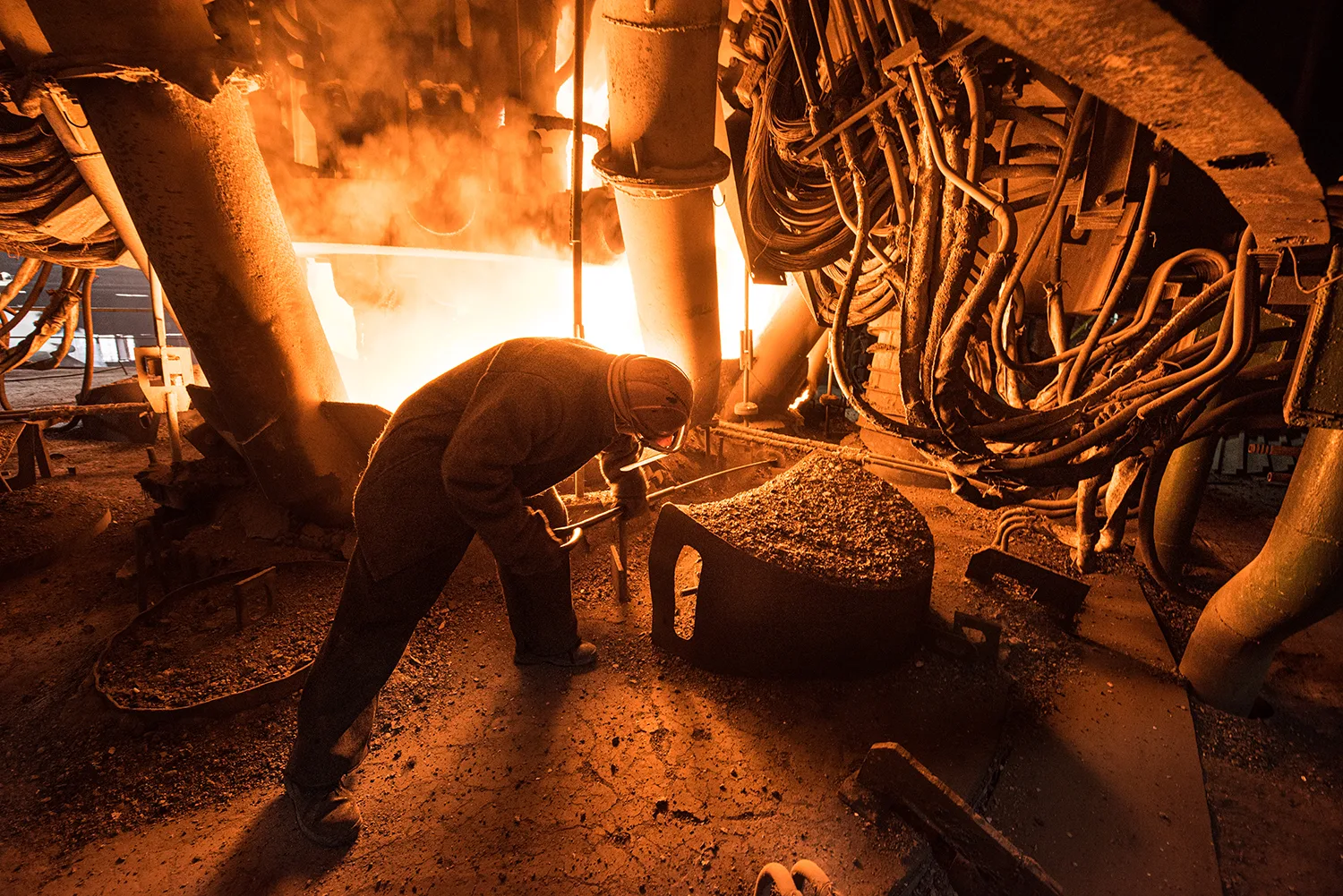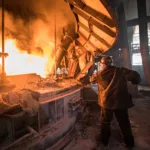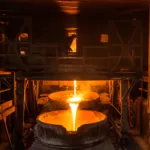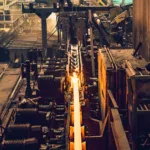Technical Insights, Process Risks, and How to Manage Them Effectively
High-carbon scrap is an important component in steel production when the goal is to raise the overall carbon content in the final melt. However, uncontrolled or excessive use of these materials—such as cast iron scrap, broken castings, or oily turnings—can disrupt furnace chemistry, damage refractories, and lower product quality.
This article provides technical guidance on when and how to use high-carbon scrap, the potential risks, and how to optimize performance and safety through proper engineering practices.
What Is High-Carbon Scrap?
High-carbon scrap typically contains 1.5% to 4.5% carbon and includes:
-
Cast iron pieces
-
Foundry returns
-
Heavy casting burrs
-
Steel turnings or shavings
These materials tend to:
-
Be chemically unstable
-
Melt at lower temperatures
-
Exhibit brittle behavior at high heat
Where Is It Suitable?
Recommended Uses:
-
Low-alloy steel production
-
High-carbon casting production
-
Facilities with turning recovery systems
-
Charge plans requiring carbon balancing
Avoid in:
-
Low-carbon specialty steel production
-
Fine-grain or critical surface quality products
-
Furnaces with tight alloy tolerances
-
High-quality or certified product lines
Technical Considerations
1. Chemical Analysis & Charge Planning
-
Always test carbon, phosphorus, and sulfur content
-
Limit high-carbon scrap to 10–15% of the total charge
-
Mix with HMS or DKP scrap for balance
2. Slag (Slurry) Management
-
Excess carbon increases oxidation, leading to heavy slag
-
Over-slagging damages furnace linings
-
Add lime (CaO) or dolomite to stabilize the slag
3. Refractory Impact
-
Higher flame temperatures place thermal stress on linings
-
Increases risk of thermal shock, especially in ladle linings
-
Use sintering and protective slag coating before charging
4. Oxygen Control & Arc Adjustment
-
Extra oxygen injection may be required
-
Arc behavior becomes unstable
-
Use low-voltage, high-amperage settings to stabilize arcs
5. Using Steel Turnings (Shavings)
-
Often contain oil, grease, or moisture
-
Must be dried and compacted before charging
-
Improper use can cause explosions, cracking, or splatter
Common Mistakes & Consequences
| Mistake | Impact |
|---|---|
| Excessive cast iron use | Carbon imbalance, brittle structure, excessive slag |
| Charging moist turnings | Explosions, refractory cracking, molten metal splash |
| No alloy control | Out-of-spec chemistry, scrap rejections |
| No oxygen management | Poor combustion, excessive smoke and soot |
| No charge mixing | Segregation and non-uniform molten metal |
Recommended Charge Mix (30-ton Electric Arc Furnace)
| Scrap Type | % Ratio | Purpose |
|---|---|---|
| HMS | 60% | Main base material |
| DKP | 25% | Promotes rapid melting |
| Cast iron scrap | 10% | Adds carbon (use with caution) |
| Turnings (dry, compacted) | 5% | Cost-effective supplement (limit usage) |
Why an Engineering-Based Approach Is Essential
While high-carbon scrap can be cost-effective, it introduces risk across several points of the process. To mitigate this:
-
Establish clear scrap acceptance criteria
-
Use a carbon balancing model
-
Monitor and optimize slag behavior
-
Create integrated charge and alloy plans
Alpha Refractory LLC: Engineering-Backed Scrap Management
At Alpha Refractory LLC, we support the safe and efficient use of high-carbon scrap through:
-
Scrap analysis and classification
-
Charge simulation and process modeling
-
Refractory integrity consultation
-
Furnace thermal balance monitoring
-
On-site technical engineering services
Let us help you maximize material value without compromising safety, stability, or quality.




